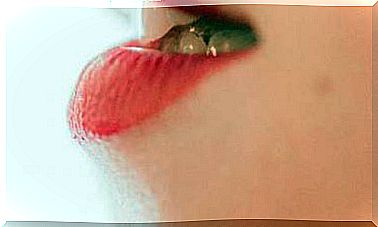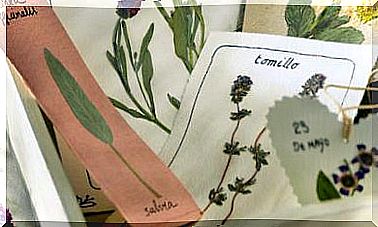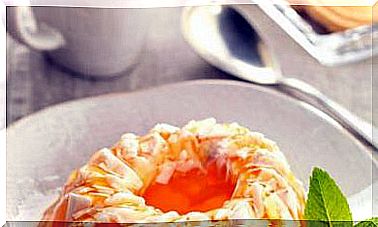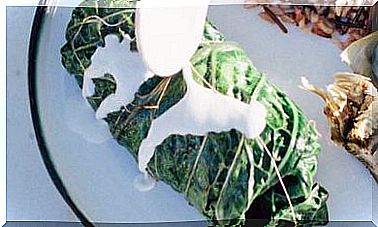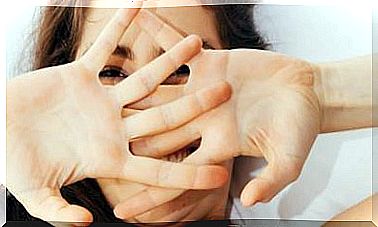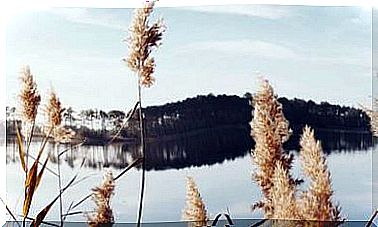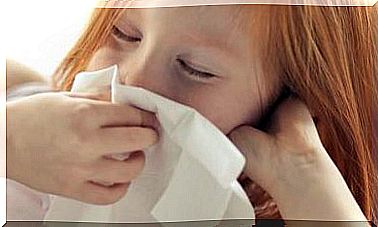How To Care For A Damaged Meniscus
Meniscus problems can affect all ages, although the reasons are often different. The best way to avoid them is to have the muscles of the knee and leg in good condition.

The knee is one of the most complex joints. It consists of several ligaments that support and limit movements as well as the cartilages (menisci), located between the femur and the tibia. They are like two mandarin segments, one in front of the other, two inverse crescents that protect the joint.
It is common for them to lose part of their percentage of water, which implies a decrease in their elasticity, a degenerative process that weakens the area and facilitates its rupture. Many times the same wear and tear causes one of the cartilage horns to break and a foreign body remains between one of the joints, which can block the knee.
Other times the displacement of the patella on the condyle (head) of the femur by an irregular surface of the meniscus causes a noise or click, which could also be associated with osteoarthritis. Complementary tests, such as an MRI , would have to be performed .
Injury to the menisci
In the knee there are two menisci (internal and external), which act as a cushion between the femur and the tibia, cushioning the pressure of the body weight and providing stability to the entire knee joint. In the external meniscus, the most common injury is a transverse tear and almost always at the level of the middle third of the meniscal body.
Meniscus injuries can affect any age, although their causes can be diverse depending on the pathologies that cause them. In people over 50 years old, the meniscal tissue tends to degenerate and becomes weaker, which facilitates its irreversible tear.
The best way to keep the menisci in good condition is to have the muscles around the knee and along the leg in good condition of flexibility and muscle tone.
Strengthen the muscles
Regardless of the medical diagnosis, it is advisable to strengthen the muscles of the quadriceps, hamstrings and calves, as well as avoid efforts and maximum flexion and extension. This will help reduce the load on the meniscus.
In acute phase of pain and inflammation it is advisable to apply ice on the knee: a bag of frozen peas is well attached to the joint. It is not advisable to use the knee brace or compression bandages all the time.
The most suitable exercises
- Walking is a good exercise that you can practice assiduously, as long as it is accompanied by good, soft footwear that is suitable for the terrain you are walking on.
- The stationary bike would be the best option to increase the degree of knee flexion motion. It is important to avoid an impact physical activity that causes pain, as the knee could become inflamed, so training should be temporarily abandoned.
- Massage helps to recover the tissues and muscles of the leg by oxygenating them, giving them flexibility and as a natural analgesic, while acupuncture is effective against inflammation and pain, since it balances the energy channels that circulate through the leg.
